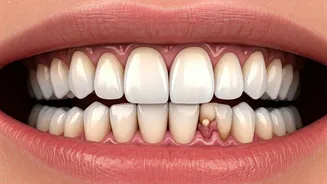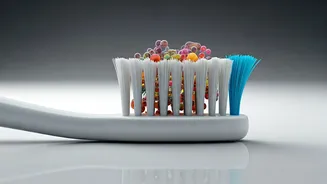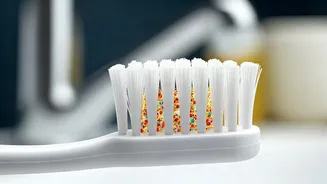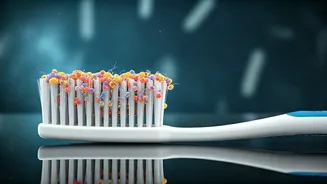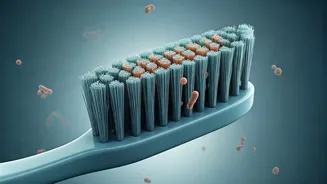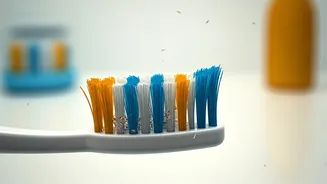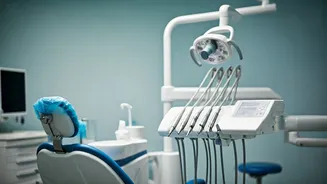What is Hyperdontia?
Hyperdontia is a dental anomaly characterized by the development of extra teeth, exceeding the typical 20 primary (baby) teeth or 32 permanent teeth. This
condition is also referred to as supernumerary teeth. These extra teeth can appear anywhere in the mouth, and they come in different shapes and sizes. Diagnosis usually involves a combination of visual inspection and X-rays. X-rays are crucial, as they allow dentists to identify the position and number of extra teeth that may not be immediately visible during a routine oral examination. It is vital to note that the occurrence and impact of hyperdontia can differ significantly among individuals; for some, it might be a minor aesthetic concern, while for others, it can lead to more complex dental issues that need careful management.
Extra Teeth Complications?
The presence of extra teeth often leads to various complications. These teeth may interfere with the eruption of other teeth, leading to misalignment, crowding, or delayed eruption. They can also create gaps between teeth, affecting the bite and overall dental function. Additionally, supernumerary teeth can increase the risk of developing cysts or tumors in the jaw. Moreover, if extra teeth are not functional, they may cause irritation and discomfort, making it difficult to maintain proper oral hygiene. These complications highlight the importance of timely diagnosis and appropriate management of hyperdontia to prevent potential issues.
Number of Extra Teeth?
The number of extra teeth can vary significantly from person to person. Some individuals may have only one or two extra teeth, while others can have a much larger number. Rarely, people have been documented with a significant number of supernumerary teeth. The case of the 11-year-old with 81 teeth shows the extreme range possible, although such cases are extraordinarily rare. The number of extra teeth a person has is largely determined by genetic factors and developmental abnormalities during tooth formation. However, in most situations, it's considerably fewer than the extreme example. The precise count varies, making each case unique in its presentation and management requirements.
Hyperdontia Treatments?
The treatment for hyperdontia depends on the individual case and the associated complications. In some instances, when the extra teeth cause no immediate issues, observation and monitoring may be sufficient. However, if the extra teeth cause crowding, misalignment, or interfere with other teeth, extraction is the primary treatment option. Extraction involves surgically removing the extra teeth to allow proper alignment and function of the other teeth. Orthodontic treatment, such as braces or aligners, might be necessary after extraction to correct any remaining misalignment. The choice of treatment is individualized, reflecting the unique features of each case.
Untreated Hyperdontia Impacts?
When hyperdontia is left untreated, it can lead to several complications. The presence of extra teeth can result in misalignment and crowding, which affects the bite and can lead to difficulties in chewing and speaking. Furthermore, untreated hyperdontia might increase the risk of dental decay and periodontal disease, as crowded teeth are harder to keep clean. Cysts or tumors may form in the jaw, causing pain and swelling. Therefore, timely diagnosis and treatment are crucial to prevent or minimize the consequences of untreated hyperdontia and maintain optimal oral health.
